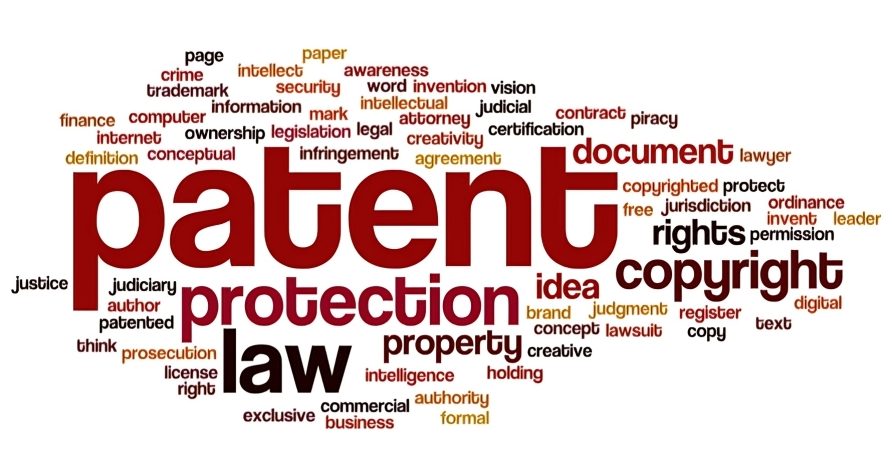
Patent registration
Patent rights were one of the first forms of intellectual property recognized by modern legal systems. Today, registered inventions permeate all aspects of life, from electric lighting (the patents of Edison and Swan) to the iPhone (the patents owned by Apple).
By registering an invention, the patent holder gains exclusive rights to it; meaning they can prevent anyone from using, making, or selling the invention without permission. Patent protection lasts for a limited time, generally 20 years. In exchange, the patent holder must disclose the full details of the invention in the published patent documents. Once the protection period ends, the invention is no longer patented, meaning anyone is free to make, sell, or use it.
Thus, the patent system benefits everyone:
Companies and inventors can maximize the profit from their inventions during the patent protection period.
It rewards their efforts, thereby encouraging further innovation, which ultimately benefits consumers and the public.
The disclosure of inventions contributes to the public body of knowledge, enabling and inspiring further research and invention.
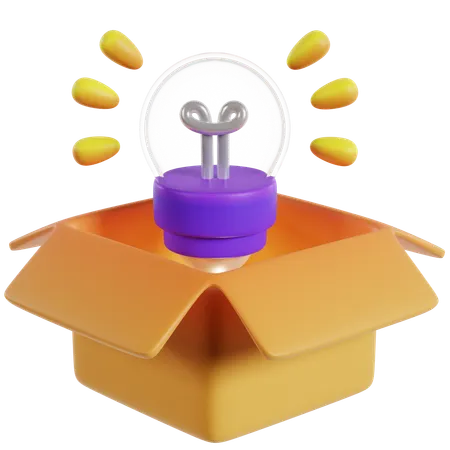
What can be patented?
An invention can be defined as a product or process that offers a new way of doing something or provides a new technical solution to a problem. To qualify for patent protection, an invention must have practical applicability and must offer something new that is not part of the existing body of knowledge in the relevant technical field (what lawyers refer to as “prior art”). However, the requirements of utility and novelty are not sufficient on their own. The invention must also involve an inventive step—something non-obvious that could not be deduced by a person of ordinary skill in the relevant technical field.
Additionally, the invention must not fall under non-patentable subject matter. For example, under the patent laws of many countries, scientific theories, mathematical methods, plant or animal varieties, discoveries of natural materials, business methods, and medical treatment methods (as opposed to medical products) are generally not eligible for patent protection.
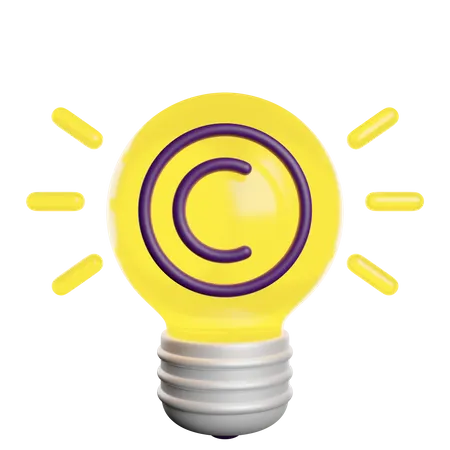
Obtaining a patent right
Like many intellectual property rights, patent rights are territorial; protection is granted within a country under its national laws.
Different countries have different regulations, but in general, to obtain protection, an inventor or company must submit an application to the patent office that clearly and sufficiently describes the invention, enabling someone with average knowledge in the relevant technical field to use or reproduce it. Such descriptions typically include drawings or diagrams.
The application is then examined by the patent office to determine whether it qualifies for protection.
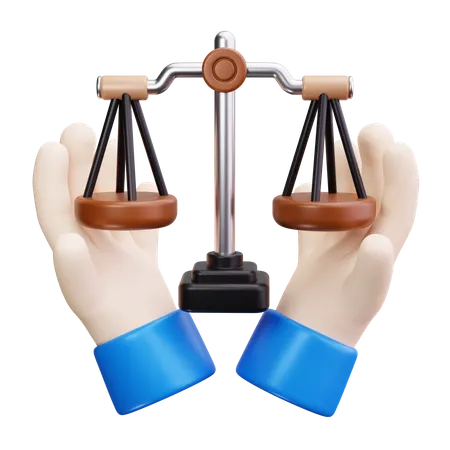
Patent Rights and Their Enforcement
Patent holders have the exclusive right to commercially make, sell, distribute, import, and use their patented inventions within the territory covered by the patent during the protection period. They may choose to manufacture, sell, or use the invention themselves, allow someone else to make or use it for a fee (known as licensing), or even sell the patent right directly to another party—who then becomes the new patent holder. Or, they may decide not to use the patented invention themselves but simply prevent their competitors from using it during the patent term.
If someone else uses the patented invention without the owner’s permission, the patent holder can seek enforcement by filing a patent infringement lawsuit in the relevant national court. Courts usually have the authority to stop the infringing activities and may also award financial compensation to the patent owner for unauthorized use of the invention.
However, a patent can also be challenged in court, and if found to be invalid (for example, because the court determines it is not sufficiently novel), it may be revoked, and the owner loses protection in that territory.
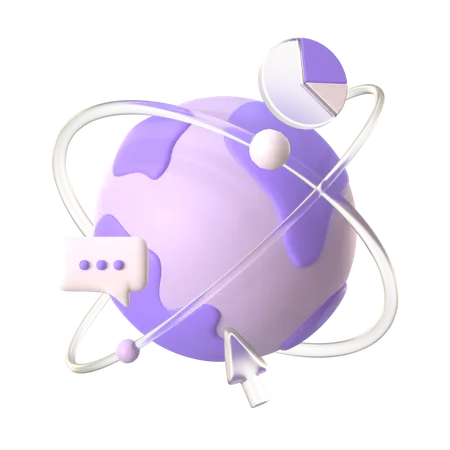
National, Regional, International Protection of Inventions
Inventors and companies must decide which regions they want to protect their patent rights in. Each patent office typically charges fees for filing and processing applications. In addition, there are periodic maintenance fees that must be paid to keep the patent in force after it is granted.
The cost of dealing with different national legal systems can be high, as laws and procedures can vary widely, and applicants usually need to pay for representation by a licensed patent agent or attorney in each country.
Several groups of countries have developed regional patent systems to help reduce these costs; for example, the African Regional Intellectual Property Organization (ARIPO). In most of these systems, the applicant can request protection for an invention in one or more countries in the group, and then each country decides whether to grant patent protection within its own borders.
The WIPO PCT system is also an international system that allows applicants to seek protection in any number of signatory countries through a single application filed under the Patent Cooperation Treaty (PCT).
